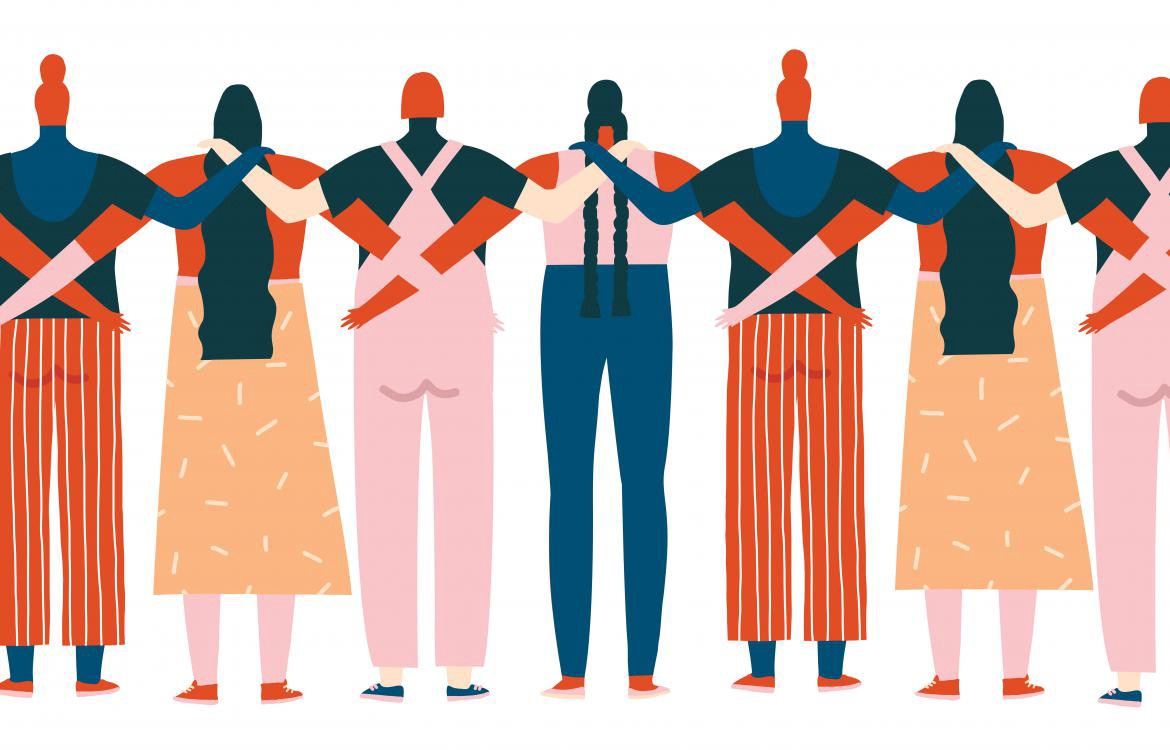
Null Hypothesis
A null hypothesis is what is known to be true. It is the norm, the default position, the status quo. The commonly accepted fact.
Statistical tests are always done to prove the null hypothesis wrong, and never the other way. The burden of proof lies on the null hypothesis.
For Example: If my null hypothesis is: ‘Bigger houses are more expensive’, then my tests would be conducted to prove that bigger houses are NOT more expensive. If my test passes, then I have disproved that bigger houses are expensive. If it fails, I have proved that bigger houses are expensive.
How does this tie to sexism?
When you sit in a car with your female friend and you assume that she can’t drive, your null hypothesis is: women can not drive. Now, a woman is always put under the burden of proof to disprove this hypothesis.
Do you know how hard it is to disprove a negative? It means you have to disprove all instances of the event. Simply put: for a woman to prove that she can drive, she can never make a mistake while driving.
Driving is a small example of many such instances of casual sexism. It seeps in through our first-thought cognitive biases and affects our words and actions, and puts pressure on a woman to prove herself in her workplace, at home, and in everyday conversations.
Representation Bias
All minorities go through this casual stereotyping, not just women. They are always in a position to disprove the stereotype. As a minority, they are low in number, and thus tend to represent the whole community, which puts even more pressure on proving the alternative hypothesis true.
Bottom Line
Yes, stereotypes help categorise things heuristically in our head to some extent, but it is up to us to make sure it is not hurtful to any community, and we don’t judge everyone by the same lens. Recognise and acknowledge your biases.



